Maple flooring is a popular choice for many homeowners. It’s beautiful, durable, and has a variety of finishes that can enhance any room. However, like with any other type of flooring, there are pros and cons to maple flooring that you should be aware of before making a purchase. In this article, we will discuss the benefits and drawbacks of maple flooring so that you can make an informed decision about whether or not it’s the right choice for your home.
Types of Maple
The first thing you should know about maple flooring is that there are several different types of it. The most common type of maple flooring is solid hardwood, which consists of one piece of wood throughout the entire plank. This type of flooring is generally more expensive than other options, but it’s also the most durable and long-lasting. Engineered maple flooring is another option that consists of multiple layers pressed together for extra stability. While this type of flooring isn’t as strong as solid hardwood, it can be a great choice for those on a budget or who want to install it themselves. Finally, laminate maple flooring is an affordable alternative that looks identical to real hardwood without the same price tag. [1]
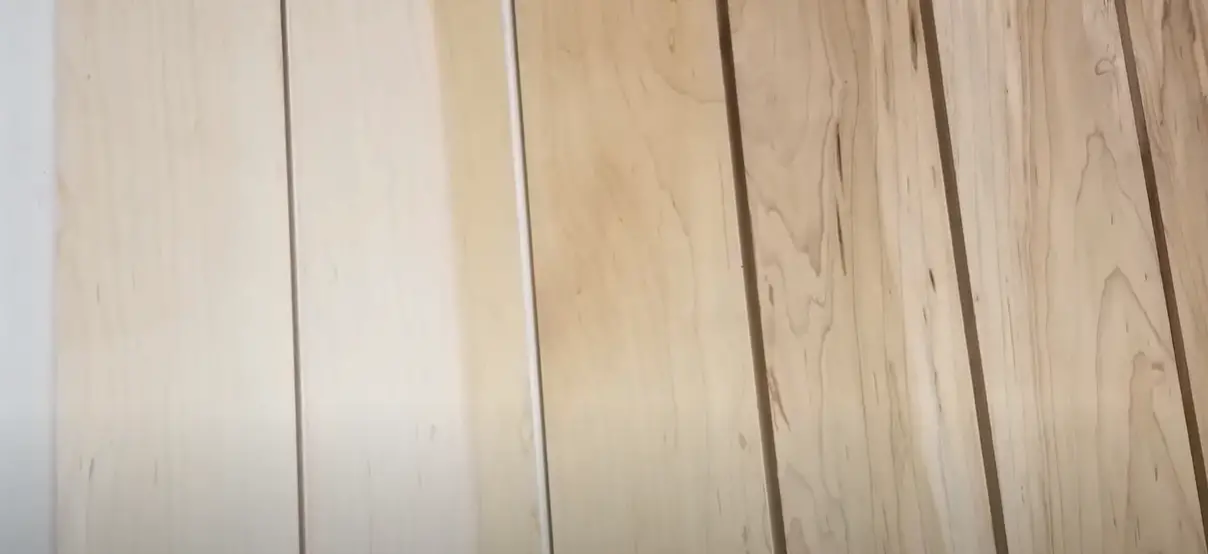
Hard Maple
One of the main benefits of maple flooring is its durability. Maple is a hardwood, so it’s resistant to scratches, dents, and other signs of wear and tear. This makes it an ideal choice for high-traffic areas where pets or children are running around. Additionally, because maple has closed pores and tight grains, it doesn’t absorb dust or dirt particles as easily as some other types of wood. This makes it a great choice for those with allergies or asthma since there won’t be any extra dust in the air when cleaning or vacuuming the floors.
Soft Maple
Although maple flooring has many great qualities, there are some drawbacks that you should be aware of. One of the most significant is that maple can become scratched and dented more easily than other types of wood. If your floors are going to see a lot of wear and tear, you may want to consider another option. Additionally, if you have a large area to cover with maple flooring, it can become quite expensive due to its high price tag. Finally, soft varieties of maple are much less durable than hard varieties and may need to be refinished or replaced more often.
Different Maple Flooring Options
As you can see, there are both pros and cons to maple flooring. If you think that it’s the right choice for your home, you’ll have plenty of options when it comes to type and finish. Solid hardwood is the most expensive option but also the most durable, while engineered or laminate varieties may be more affordable but less reliable in terms of longevity. In any case, make sure to consider all aspects before making a decision so that you can get the perfect flooring for your needs! [2]
Engineered
Another great option for maple flooring is engineered hardwood. This type of flooring consists of a layer of real wood on the top, which can be stained in any colour you choose. The core material is made up of a plywood-like base, which makes it more stable than solid hardwood and less prone to warping or shrinking with changes in humidity. Engineered maple is also more affordable than solid hardwood and can be installed over existing floors with minimal effort. However, it doesn’t have as long a lifespan as solid hardwood, so if you’re looking for something that will last decades then this isn’t the best choice for your home.
Solid
If you’re looking for the ultimate in durability and longevity then solid hardwood is the way to go. Solid maple flooring consists of one piece of wood which can be stained any colour you want. It’s also extremely resistant to scratches and dents, making it a great choice for areas that get a lot of foot traffic. The downside of solid hardwood is that it’s more expensive than its engineered counterpart and requires professional installation, so make sure you consider this before making your purchase.
Colours
No matter which type of maple flooring you choose, you’ll have plenty of options when it comes to colour. Natural shades like light tan and honey are popular, but if you’re looking for something a bit more dramatic then darker shades like espresso or walnut will create a rich and luxurious finish. Additionally, staining can be used to create custom looks that perfectly match the existing decor in your home.
Patterns
If you’re looking to add some character to your maple floors, you can also choose from a variety of patterns. Chevron and herringbone are two of the most popular choices, but there are plenty more available. The pattern will depend on the type of wood you choose; hardwoods tend to work best with intricate designs while softer varieties like soft maple or engineered wood can accommodate simpler designs. Whichever type and pattern you decide on, make sure it fits with the overall style of your home for a look that’s truly unique!
Grade
Finally, maple flooring also comes in a variety of grades. The grade will determine the pricing and the quality of the wood; higher-grade wood is generally more expensive but also more durable and attractive. Grade A is considered to be the highest quality, while lower grades like B or C are less visually appealing but still offer great value for money.
Advantages
When it comes to flooring, maple has a lot of great advantages. It’s strong and durable, making it a great choice for busy homes or commercial spaces. It also looks beautiful and is available in a variety of colours, patterns, and grades so you can find something that perfectly matches the existing style of your home. Additionally, maple flooring is easy to clean and maintain so you won’t have to worry about spending too much time on upkeep. [3]
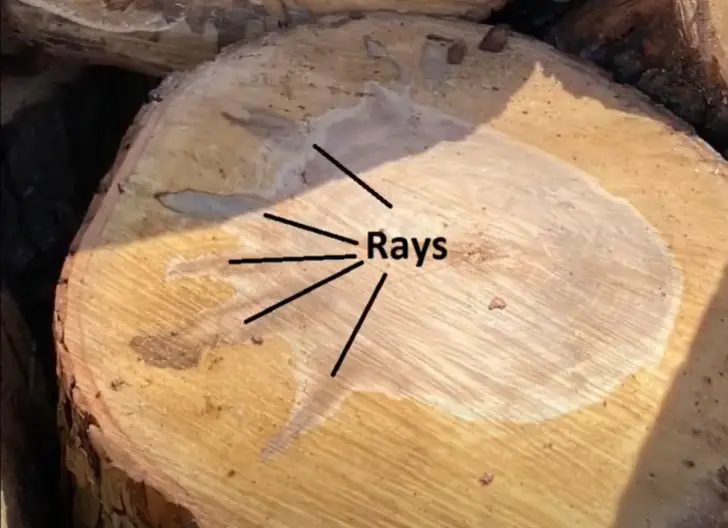
Disadvantages
While maple flooring has many advantages, there are a few potential disadvantages that should be considered before installing it in your home. Maple hardwood flooring is susceptible to dents, scuffs, and scratches from furniture legs or pets’ claws. Additionally, it may require regular waxing and polishing to keep its shine and luster. Maple can also be more expensive than other varieties of wood flooring; however, this cost is balanced out by its durability and beauty.
Finally, since maple planks typically come pre-finished, homeowners cannot refinish them with a different stain if they want to change the look of their floors over time.
Some Interesting Facts
If you’re considering installing maple flooring in your home, here are some interesting facts that you should be aware of. Maple has a Janka hardness rating of 1450 (higher than oak or cherry) and is even harder than some exotics like bamboo and teak. Additionally, the sapwood of maple trees can sometimes have a pinkish hue which makes for an interesting look when installed as flooring. Finally, maple floors tend to get darker with age due to the natural oxidation process that takes place over time. [4]
Maple Flooring: An In-Depth Guide
Maple flooring is a popular choice for its durability and classic appearance. Below, we offer a comprehensive guide to maple flooring, covering its characteristics, benefits, maintenance, and more, to help you make informed decisions about using maple flooring in your home.
| Aspect | Information |
|---|---|
| Material | Maple flooring is crafted from the wood of maple trees, known for its hardness and durability. |
| Appearance | Maple offers a light, pale color with subtle grain patterns that create a clean and timeless look. |
| Types | Options include solid hardwood and engineered maple flooring, each with distinct advantages and installation methods. |
| Durability | Maple’s hardness makes it highly resistant to wear, making it suitable for high-traffic areas. |
| Maintenance | Regular sweeping and occasional refinishing will help maintain maple flooring’s appearance and longevity. |
| Stain and Finish | Maple can be stained to achieve various shades, and finishing protects the wood while enhancing its natural beauty. |
| Cost | Maple flooring is typically mid-range in cost, offering good value for its durability and aesthetics. |
| Environmental Impact | Choosing sustainably sourced maple contributes to its eco-friendliness and reduces environmental impact. |
| Installation | Both solid and engineered maple flooring require professional installation for proper results. |
| Resale Value | Maple flooring’s classic appeal and durability can enhance a home’s resale value. |
Explanation of the Table:
- Material: Describes maple flooring’s composition from maple wood.
- Appearance: Highlights maple flooring’s aesthetic qualities.
- Types: Differentiates between solid and engineered maple flooring.
- Durability: Discusses maple’s resilience against wear.
- Maintenance: Covers maintenance practices for preserving maple’s appearance.
- Stain and Finish: Explains the processes of staining and finishing maple flooring.
- Cost: Compares maple flooring costs to other materials.
- Environmental Impact: Discusses the eco-friendliness of sustainably sourced maple.
- Installation: Recommends professional installation.
- Resale Value: Mentions how maple flooring can impact a home’s resale value.
By understanding these aspects of maple flooring, you can confidently consider its benefits and factors for your home’s interior design.
FAQ
Is Maple a good choice for flooring?
Yes, maple is an excellent choice for flooring. It is strong and durable, making it suitable for busy homes or commercial spaces. Additionally, maple can be stained to match existing decor and comes in a variety of patterns and grades so you can find something that perfectly fits your needs.
Does maple flooring scratch easily?
Yes, maple is not the most scratch-resistant of hardwood floorings and can easily suffer dents, scuffs, and scratches from furniture legs or pets’ claws. However, it is relatively easy to clean and maintain so you won’t have to worry about spending too much time on upkeep. [5]
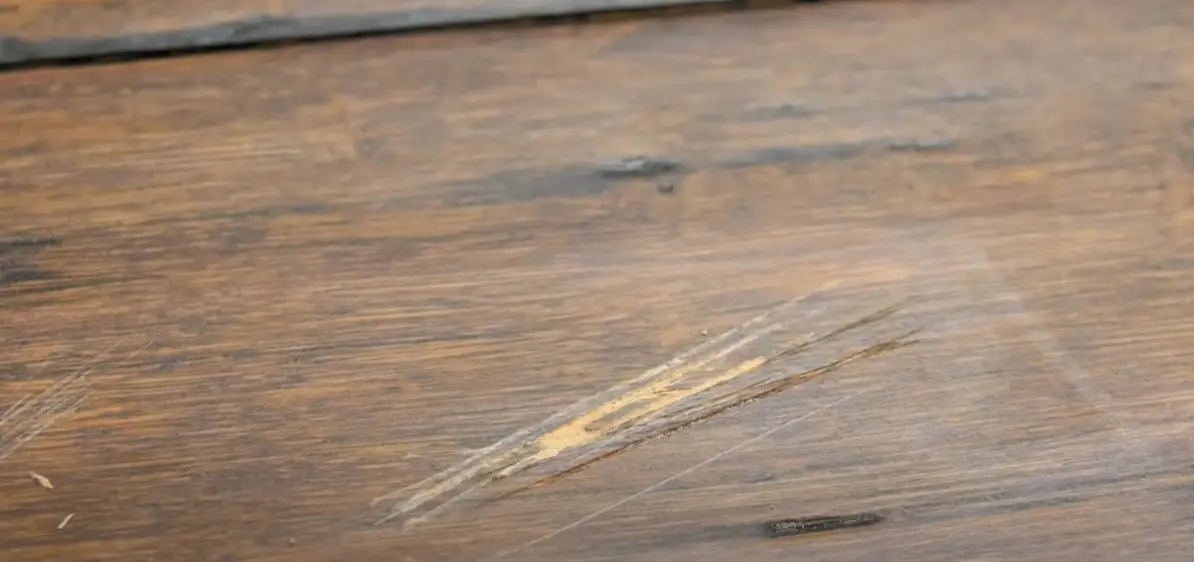
Do maple floors turn yellow?
No, maple floors do not generally turn yellow. However, they may darken in color over time due to the natural oxidation process that takes place. Moreover, the sapwood of maple trees frequently has a pinkish shade which can provide an appealing aesthetic when used as flooring.
Is oak or maple better for flooring?
It depends on your needs and preferences. Both maple and oak are great options for flooring; however, maple is typically harder than oak and may be more suitable for commercial spaces or areas with a lot of foot traffic. Oak floors tend to be softer but can also look beautiful in the right setting. Ultimately, it’s up to you to decide which one is better suited for your home.
What are the benefits of choosing maple flooring?
Maple flooring offers exceptional durability, a beautiful light color that complements various styles, and the ability to withstand heavy foot traffic. It’s also resistant to moisture and has a smooth, uniform grain pattern.
How do I maintain and clean my maple flooring?
To maintain maple flooring, regularly sweep or vacuum to remove dirt and debris. Use a damp mop with a mild hardwood floor cleaner for routine cleaning. Avoid excessive water, harsh chemicals, and abrasive tools that could damage the finish.
Can maple flooring be used in high-traffic areas?
Yes, maple flooring is an excellent choice for high-traffic areas due to its hardness and durability. It can withstand the wear and tear of heavy foot traffic without showing significant signs of wear.
What are the different types of finishes available for maple flooring?
Maple flooring can be finished with various options, including matte, semi-gloss, and high-gloss finishes. Each finish type has its own aesthetic and maintenance requirements, so choose the one that suits your preferences and lifestyle.
Does maple flooring change color over time?
Yes, maple flooring can undergo some color change over time, especially when exposed to sunlight. It tends to darken slightly, developing a warmer patina. This natural aging process adds character to the flooring.
Is it possible to refinish maple flooring?
Yes, maple flooring can be refinished. It’s important to note that due to its dense grain, maple can be more challenging to refinish than other woods. Hiring a professional for the refinishing process is recommended to ensure the best results.
What are the potential drawbacks of maple flooring?
While maple flooring is durable, its hardness can also make it more susceptible to dents and impacts. Additionally, it may be less forgiving in terms of noise compared to softer flooring options, such as carpet or cork.
Can I install maple flooring myself, or should I hire a professional?
If you have experience with flooring installation, you might be able to install maple flooring yourself. However, due to its density and potential challenges during installation, hiring a professional installer is often recommended for the best outcome.
How does the cost of maple flooring compare to other types of wood flooring?
Maple flooring is generally more affordable than exotic hardwoods but can be slightly more expensive than some domestic hardwoods. The cost can vary based on factors such as the grade of maple, the finish, and the region you’re in.
Is maple flooring suitable for radiant heating systems?
Yes, maple flooring can work well with radiant heating systems. However, it’s important to follow manufacturer guidelines and consult with a professional to ensure proper installation and prevent any potential damage to the wood.
Useful Video: 3 DIY Ways to Fix a Scratch in Hardwood Floors
Conclusion
So, there you have it! Everything you need to know about maple flooring. Be sure to do your research before making any decisions and always consult with a professional if you have any questions or concerns. We hope this article helped guide you through the process of choosing the best floors for your home.
References
- https://hardwoodfloorsmag.com/2018/10/01/species-specs-maple/
- https://www.homeflooringpros.com/maple-flooring/
- https://homereference.net/maple-flooring-pros-cons/
- https://forest2home.com/blogs/news/species-highlight-hard-maple-wood
- http://www.rovinsflooring.com/The-Pros-and-Cons-of-Maple-Wood-Flooring.html





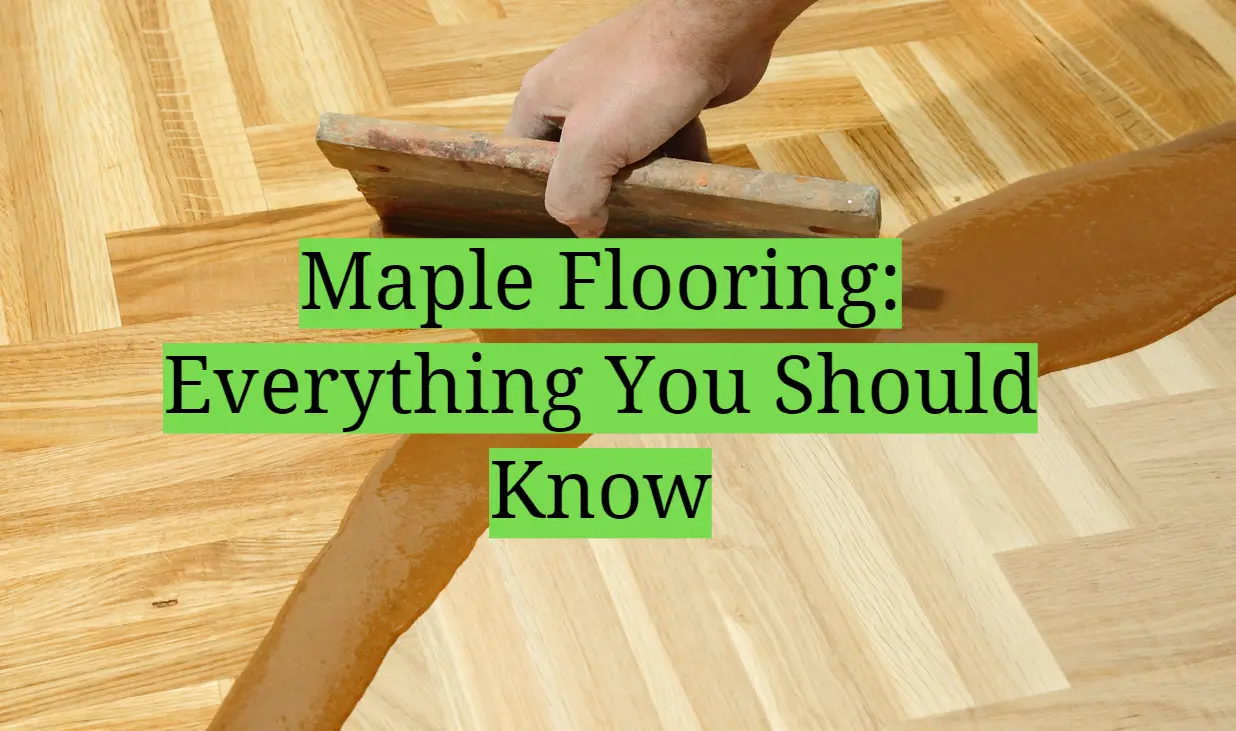




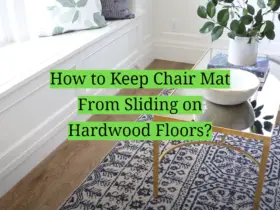



Leave a Reply